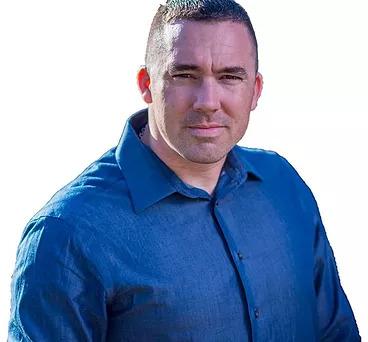Having the presence of mind to make a split-second decision during a chaotic event is no small feat. This man’s ability to maintain focus amidst the bedlam of a school shooting likely saved a young woman’s life.
Lieutenant Lazaro Ojeda of the Coral Springs Fire Department in Florida is both a firefighter and a paramedic. He’s been with the city for 14 years.






